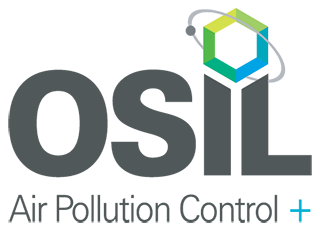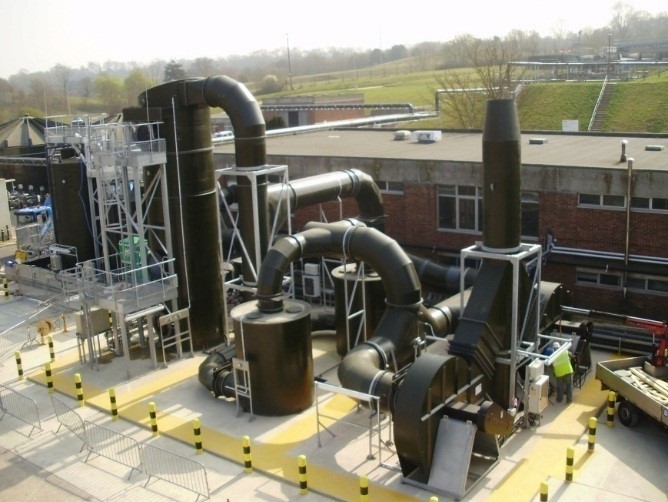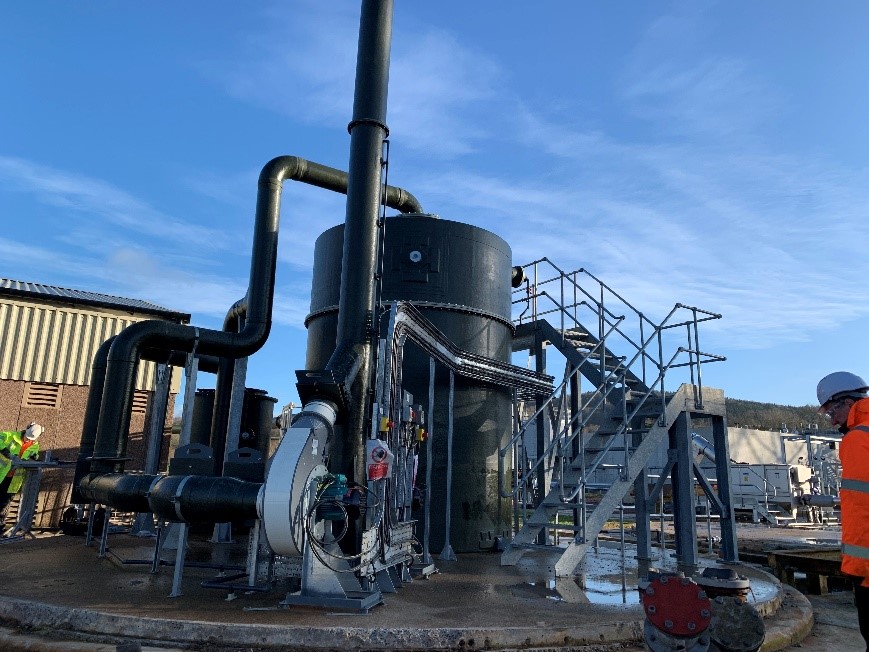When not controlled adequately, industrial emissions cause significant air pollution, and odorous compounds in these emissions can lead to community complaints and abatement notices from your local council. This makes odour control a key consideration for industrial emission treatment, no matter the scale of the operation.
The following odorous compounds are common in industrial emissions:
- Amines
- H2S (hydrogen sulphide)
- NH3 (ammonia)
- HCl (hydrochloric acid)
- SO2 (sulphur dioxide)
- RHS (mercaptans or thiols)
- CH2O (formaldehyde, formaline)
These compounds are a by-product of industrial processes like wastewater treatment, chemical processing, food manufacturing and animal rendering.
To control odours, odorous components must be separated from exhaust gases so that emissions can eventually be exhausted out into the atmosphere without causing an odour nuisance. This requires dedicated odour control treatment.
Odour Control for Industrial Emissions
The most efficient odour control treatment for industrial emissions is a gas scrubber, also known as a wet scrubber or chemical scrubber.
This technology separates odorous compounds out of air gas streams using a liquid absorbent. Wet scrubbers are ideal for removing a wide range of pollutants from air gas streams. They require no operator intervention and have no working parts. They offer up to 99% removal efficiencies in most applications.
Here are some typical applications:
- Wastewater treatment plants to remove hydrogen sulphide
- Fertiliser production facilities to remove ammonia from exhaust gases
- Glass production plants to remove hydrogen fluoride from air gas streams
- Chemical processing plants to remove water-soluble solvents like acetone
How It Works
A wet scrubber brings a contaminated air gas stream into contact with a liquid absorbent (water with special chemical additives). The air gas stream moves through the chamber where the liquid is misted or finely sprayed through the gas. The odorous compounds in the gas are dissolved into the liquid absorbent.
The treated air then flows out of the scrubber where it can be vented, stored, or undergo secondary treatment downstream with a dry filter or carbon absorber. This is a multi-stage treatment, most often used to target lead (Pb) and/or dioxin and furans (D/F), which may be present in your industrial emissions.
The removal efficiency of a wet scrubber can be as high as 99%. Removal efficiencies are dependent upon stack design, compound solubility and gas concentration.
Key Advantages of OSIL Scrubbing Systems
Our wet scrubbers have no moving parts and require little or no operator intervention, making them ideal for large-scale industrial emissions treatment. They are ‘self-contained’ systems designed to be easy to use and maintain.
All of our odour control scrubbers have the following features:
- Easy to start up and shut down.
- Easy to monitor and control.
- Lowest in class pressure drop.
- Tolerate a wide variations in odour concentration.
- Low requirement for recirculation (lower water usage).
- Up to 99% removal efficiencies across most emission types.
Our wet scrubbers can be used as a single primary treatment or as part of a multi-stage treatment process. We provided an example of this above using a dry media filter or carbon absorber downstream.
Want to find out more about how you can use OSIL wet scrubbers for industrial emission treatment? Contact us now and speak to one of our experts. Just call +44 (0) 1543 506855 or email info@osiltd.com and we’ll get back to you.



